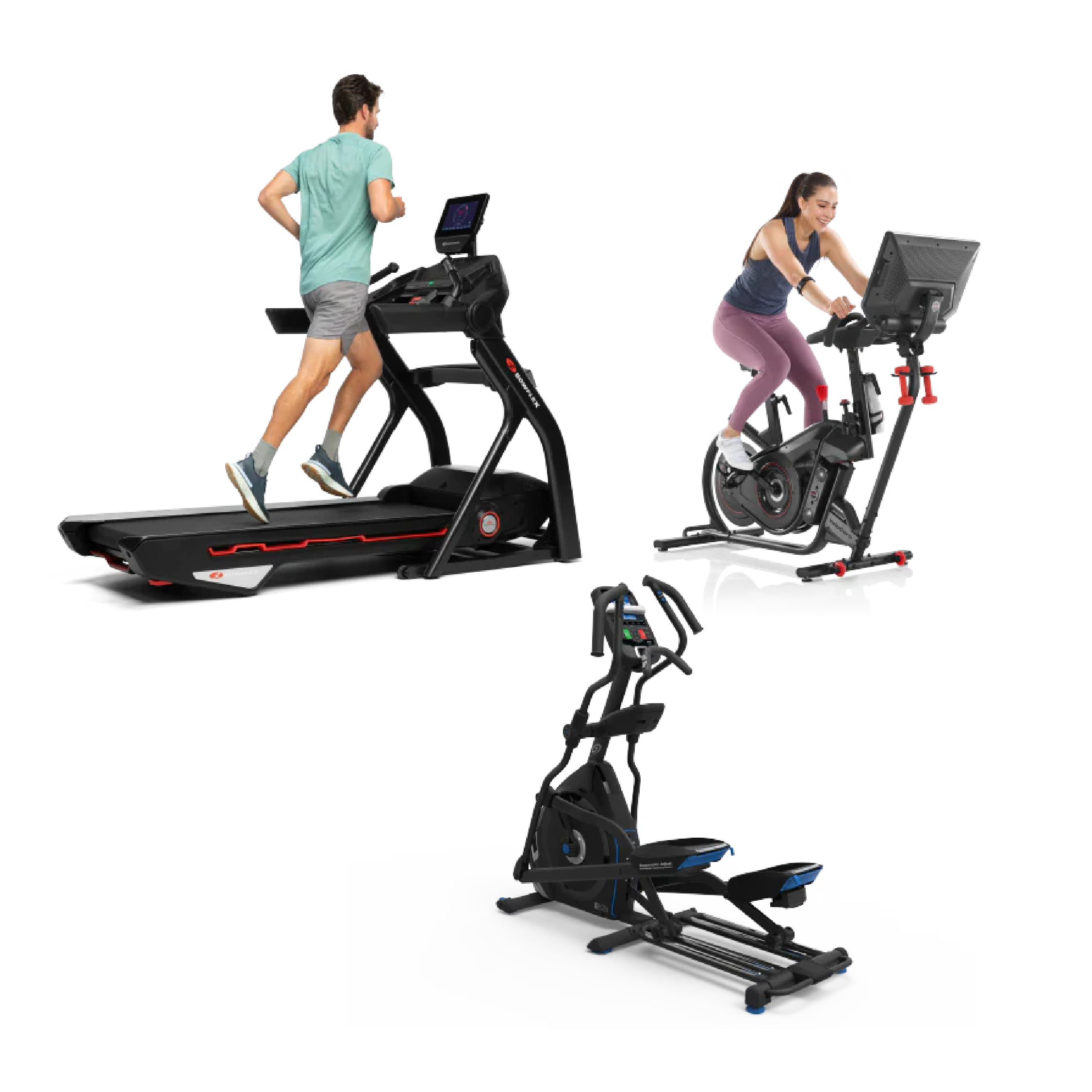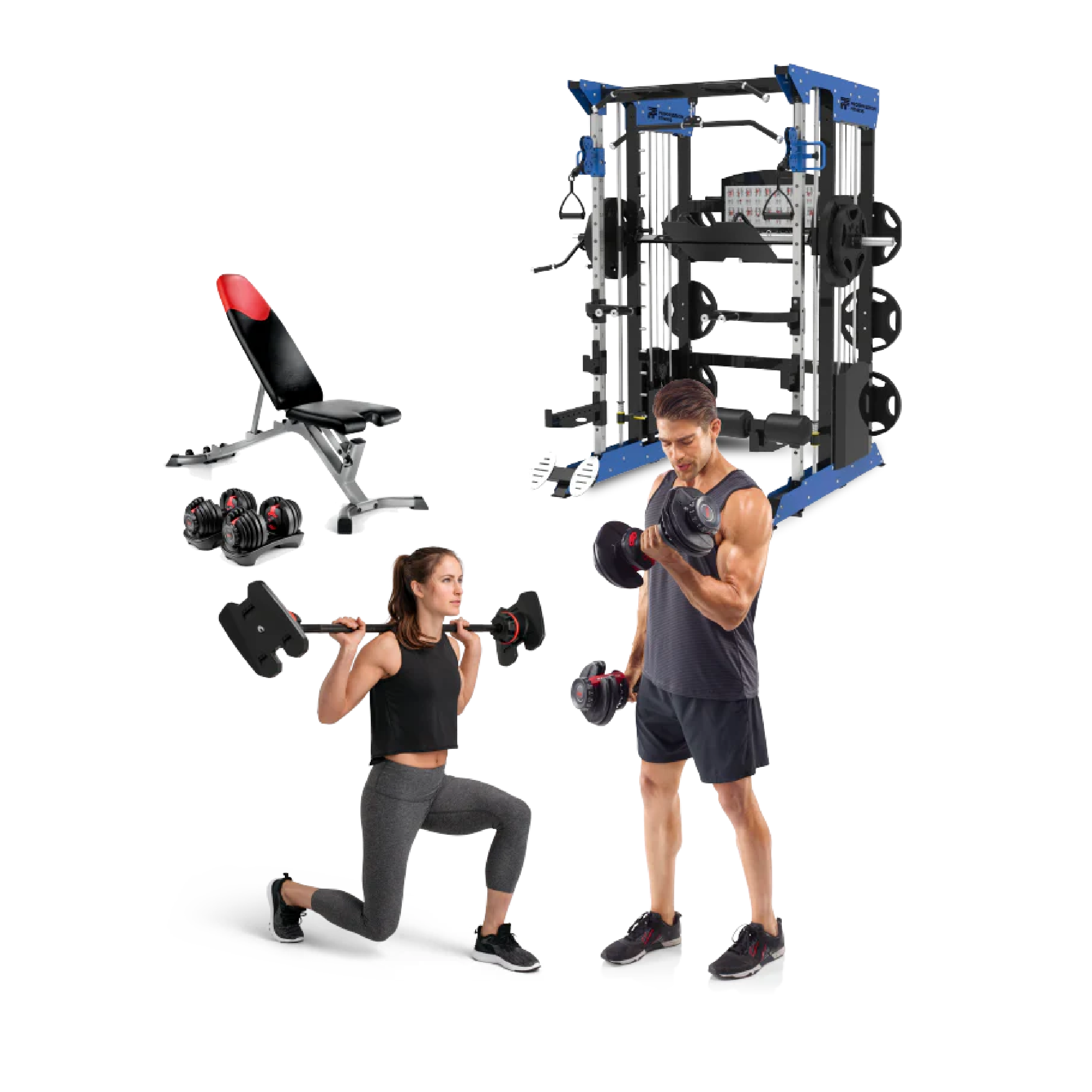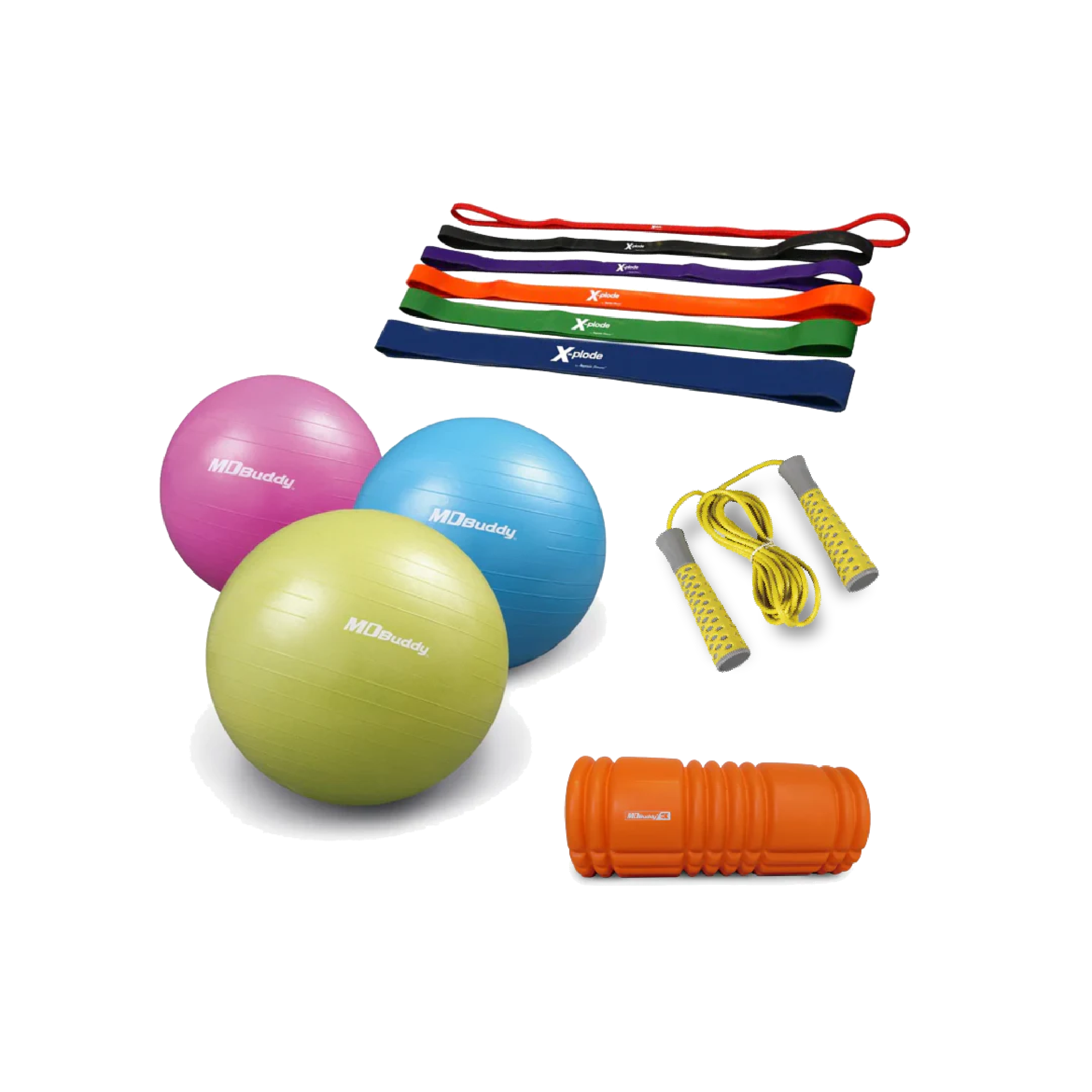What To Look For In A Standup Inflatable Paddleboard
Paddleboarding is a fun way to enjoy water, whether you're gliding on a calm lake or riding ocean waves. For a good time, picking the right board is crucial. If you're eyeing an inflatable standup paddleboard, here's what you should keep in mind.
- Shape of the Board – Wide or narrow?
- Inflatable vs. Solid – Easy storage and transportation
- Board Size – Length, width and thickness
- Skill Level – Beginner, intermediate, or expert
- Type of Fins – Single or multiple?
If you're eyeing an inflatable standup paddleboard, browse our comprehensive selection to find your perfect match.
Understanding Your Board
1. The Shape Matters
Your paddleboard's shape influences how it moves on water. Mainly, there are two types: planing hulls and displacement hulls. Planing hulls are wide and flat, great for leisure and surf. Displacement hulls have a pointed front, slicing through water efficiently, perfect for speed and distance.2. Inflatable Paddleboard Versus A Solid Paddleboard
Why choose inflatable? Inflatable stand up paddle boards (SUP’s) are easy to store and transport, making them ideal if you're short on space or love to travel. Manufacturers use tough military-grade PVC and a special technique known as "drop stitch" to construct these boards, ensuring they are sturdy and can inflate to a high level of rigidity.3. Board Size Considerations
Volume and Weight Capacity
A board must suit your weight to stay stable and move well. Volume is measured in liters and indicates buoyancy. Weight capacity shows how much the board can carry without sinking too much.Understanding Board Thickness
So, you've picked out the perfect length and width for your board now let's discuss thickness.- Why Thickness Matters: The thickness of your paddleboard plays a big role in how much it can hold up — literally. A thicker board floats higher and can support more weight, thanks to its greater volume. This is super important because it means you can carry more gear or accommodate larger paddlers without the board sitting too low in the water.
- Choosing the Right Thickness: Imagine you want a board that's sleek and fast for smooth sailing on calm waters. If you're lighter or don't need to carry much with you, a thinner board could be your match. It keeps the board's volume just right for your weight, making sure you glide efficiently without dragging.
In a nutshell, the thickness of your board affects how much weight it can support and how it performs on the water. Whether you need a board that can carry you and your gear or one that's optimized for speed, paying attention to thickness can help you find your perfect paddling partner.
Discover boards suited for every style by exploring our Aztron, Aquatone, POP, and Bote collections.
Size It Right
Length, width, and thickness of your board affect handling. Longer boards are faster but harder to maneuver. Wider boards offer stability, perfect for beginners or SUP yoga enthusiasts. Thicker boards can support more weight.- Fit for Size: Your paddleboard should match your body size. If you're on the smaller side, a narrower board will be easier to balance and paddle. Bigger folks should look at wider boards for a steadier ride. Imagine trying to paddle on something too big or small — it's like wearing shoes that don't fit!
- Packing for the Long Haul: If your journey involves carrying extra gear like snacks, water, or even camping equipment, aim for a wider board. These boards offer the extra space needed to keep your belongings secure and dry. This advice also applies to SUP yoga enthusiasts. A board that's at least 31 inches wide will provide a stable platform for your poses, helping you maintain balance and focus.
- Speed and Flexibility: If you're all about speed or love the thrill of surfing, then a narrower board is your best bet. These boards cut through the water with ease and allow for quick turns and maneuvers. Whether you're racing against the clock or catching waves, a slim board is key to performance.
4. Skill Level Matters
- Experienced Paddlers: If you've spent a lot of time on the water, you might prefer a narrower board. They're quick and responsive, perfect for those who know how to handle them.
- Beginners' Choice: New to paddleboarding? A wider board will give you the stability you need as you learn. It's like having training wheels on a bike — they help you get the hang of it without too many spills!
5. Fins For Stability
Fins help your board track straight and stay stable. A single large fin is good for flatwater, while multiple fins offer better control in waves.
Explore our general paddleboard collection for options that meet your needs.
Extras Worth Having
With your board picked out, you'll also need a paddle, a Personal Flotation Device (PFD) for safety, appropriate clothing, and a leash to keep your board close if you fall off. For solid boards, a car rack might be necessary.
Handy Attachments
- Secure Your Gear: Look for bungee straps or tie-down areas on your board. These nifty additions are perfect for keeping all your essentials — like a waterproof bag, extra clothes, or a cooler — safe and sound while you paddle.
- Mount Up: Fancy a bit of fishing, or want to capture your adventures on camera? Some boards come ready with special spots to fix rod holders, seats, or camera mounts. These little details can turn a good paddle session into a great one.
Essential Gear to Get Going
- The Right Paddle: It’s your motor on the water. A SUP paddle has a long shaft and a slanted blade to help you glide through water smoothly. To find your fit, choose a paddle that reaches your wrist when you stand it next to you and lift your arm.
- Safety First with a PFD: Safety is key. The law treats SUPs like boats, so wearing a Personal Flotation Device (PFD) is a must in most places. Pick one that fits snug and doesn't get in the way of your paddling.
- Dress for Success: Whether it’s beating the chill in a wetsuit or keeping it casual in shorts and a tee, wearing the right clothes can make or break your comfort on the water. Opt for quick-dry materials that won't weigh you down.
Check out our selection of essential paddleboarding gear, including paddles, PFDs, appropriate clothing, and leashes to keep your board close.
Final Thoughts
Choosing the right inflatable paddleboard involves considering how you'll use it, its size and shape, and the features that matter most to you. With the right board, paddleboarding can be an incredibly rewarding experience.
SHOP OUR PADDLEBOARD SELECTION NOW!
Category: Your Fitness Resource
Tags:






